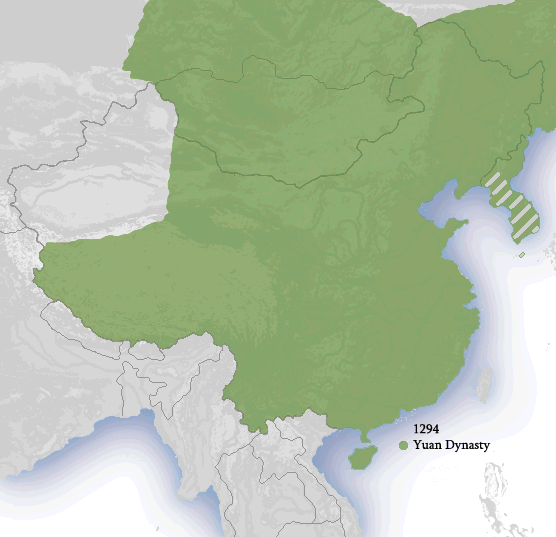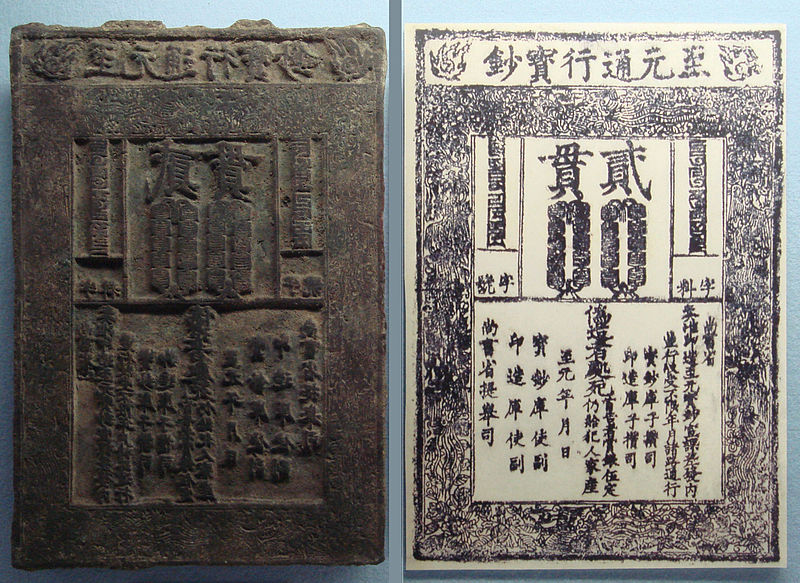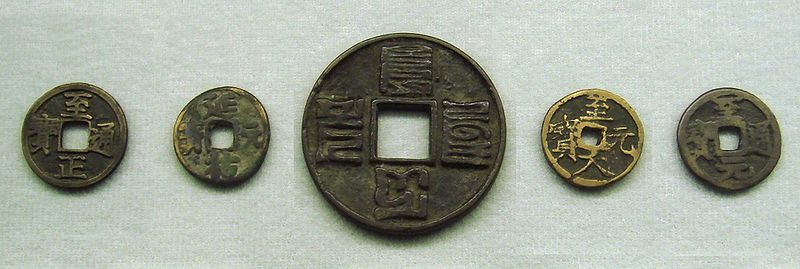China, Korea, and the central Asian Muslim kingdoms were conquered by the Mongols sometime in the middle of the thirteenth century. Kublai Khan was driving southward to the Song territories. Kublai Khan founded in China the first foreign dominated ruling clan of the entire Chinese nation, the Yuan Dynasty (1271-1368 AD). The Mongols were not successful in their quest in governing China with utilization of traditional Han bureaucrats. The puppet governing institutions of the Mongols in China were not performing as expected.
The native Hans people were discriminated against in the social and political aspects of life at those points in time. Mongols were monopolizing the more important positions nationally and locally. Foreigners were employed from countries and territories of the dominations of Mongols wherein no Mongols were found for the particular position. The non-Chinese places in the empire were open for employment to Chinese individuals.
The Mongols Rule over the Han Chinese
The Yuan Dynasty (1271–1368) saw a diversification and richness in cultural traditions. The development of a rich culture all throughout the Yuan Dynasty (AD 1271-1368) was similar to the other periods of rule in China. Considered a major cultural achievement was that drama and the novel-writing were developed. There was an increase in the usage of the written native language. Cultural exchanges were made through the several Mongols contacts in West Asia and Europe. During the time, the Chinese performing arts were enhanced through the introduction of the musical instruments of the West. The period of the Yuan Dynasty (AD 1271-1368) was when the conversion of Central Asian people into Islam was started. There was a significant increase in the number of Chinese in the southwest and northwest areas of the country. There was some degree of toleration for nationalism and Roman Catholicism. Persecutions by Mongols saw the endurance of Taoism and the Tibetan Lamaism as well as the native Buddhism flourished throughout the period of the Yuan Dynasty. Confucian ideals were again instituted by the Mongols to maintain over the Han people their rule.
Advances in the Arts & New Inventions
There was a realization in advance in the various fields such literature, cartography and travel as well as in the scientific education. There was an introduction to Europe of a number of Chinese inventions during the Yuan rule. These inventions of the Chinese people were techniques in printing, playing cards, porcelain production, and the medical literature. The sheer glass and cloisonne production started to be popular in China.
First reordered travels by westerners were made during the time of the Yuan rule in China. Marco Polo from Venice was the well-known traveler of the era. There was improvement of the infrastructures during times of the Yuan wherein there was a remarkable development of the various utilities for the use of the public. Beijing was developed to make the city as center of commerce. Contacts were made for the first time with Europe bringing benefits to China and the other countries.
Interactions with the Ethnic Chinese
One of the greatest legacies of Kublai Khan probably is the adoption of era names and bureaucracy in Chinese history. He probably was not the original in the two aspects but the fact of his adopting the two ideas was enough. Kublai Khan also adopted customs and traditions practiced earlier than his time. He relied on several Chinese advisers who taught him as well as advised him in the field of governance.
The phags-pa script invented 1269 was the unified system of writing for the Mongolian language and the Chinese language. The script was conserved in the imperial court until the dynasty ended. The blood line of the imperial household was purely in the Mongolian control until Tugh Temurs’ reign. Emperors were building palaces and pavilions but there were emperors who remained nomads despite of the structures. There are a number of emperors who sponsored activities involving cultural undertakings. Emperor Wenzong had written poetry and painted. Classical Chinese texts were also read by the said Emperor and had ordered books to be compiled.
The Different Groups
Chinese society of the Yuan era was divided into these classes: There were the Mongols; the Semuren, this class included the Uyghurs who were from the west such as clans of central Asia; North Chinese, these were the Kitans, the Jurchens and the Koreans; and the Southerners, subjects belonging to the former Song Dynasty.
Territory
The dynasty territory in the Yuan period of China was apportioned in the Central Region and areas or localities controlled by the several Xing Zhongshushen. The present-day Hebei, Shandong, Shanxi, the south-eastern portion of present Inner Mongolia and the Henan areas north of the Yellow River was consisted the Central region of the Yuan period. These places were considered as the important territories of the Yuan rule. There were a number of administrators of the several areas of the Chinese nation at the time of the Yuan period of rule.
Yuan Economic Prosperity
The period of the Yuan rule in the Chinese history was considered a mighty state. There certain degree of economic prosperity enjoyed during the period of Chinese dynastic rule. Yuan science and literature were considered as highly developed and somewhat have prospered tremendously. Agriculture was the economic base of the Yuan period in the China’s long history.
The utilization of the paper currency was the simulating factor in the trade successes at this point of time in the dynasties of China. Trade with other countries saw an encouragement from the rulers in the Yuan period. The techniques of the rulers in the era of this dynasty were more superior than those of previous dynasties.
The rulers showed more results in the development of the Chinese nation compared to the other rulers of the country. The history of the country is long and great and the period of the Yuan rule can be considered as the most productive dynasty in China.



